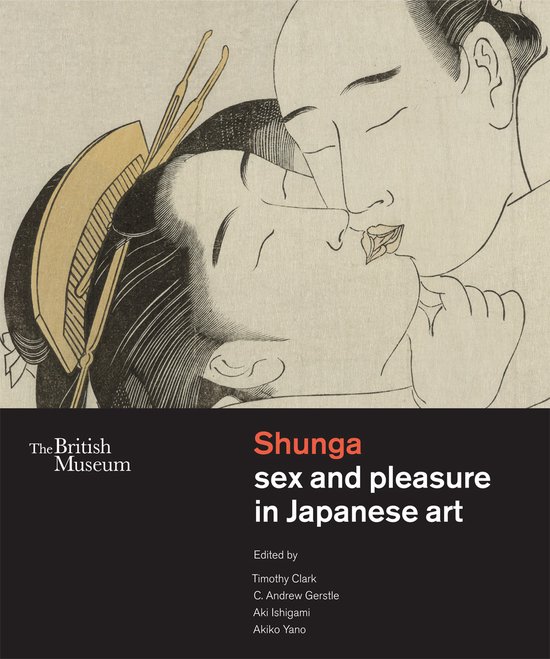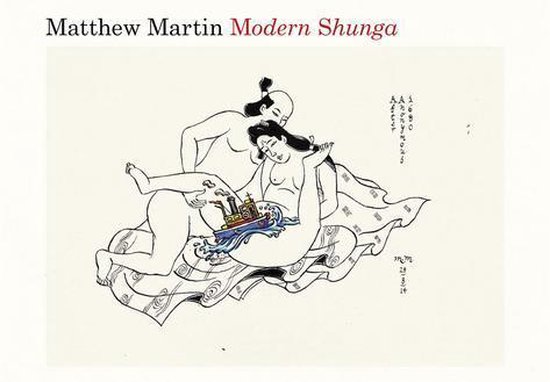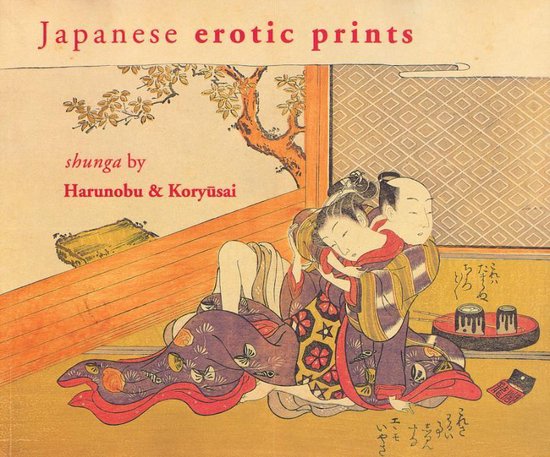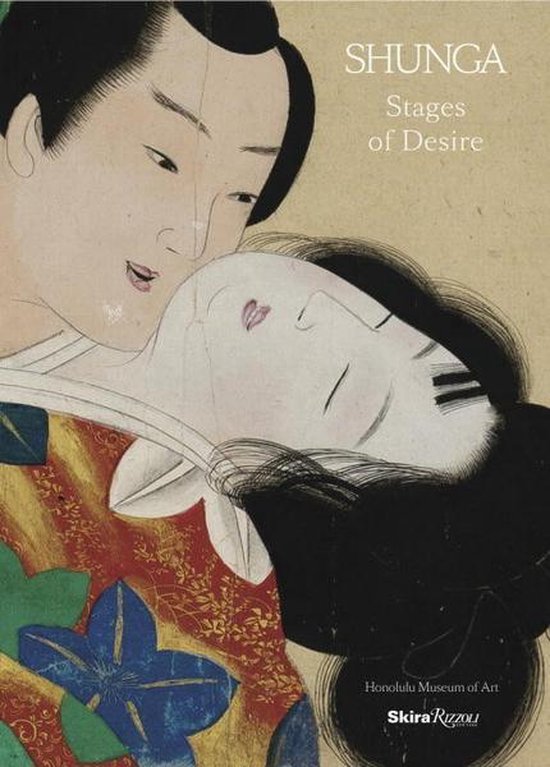
Shunga
A magnificent book, the catalogue of a landmark exhibition at the British Museum, the most important international exhibition of Shunga to be held to date, from 3 October 2013 to 5 January 2014.
Discover Japanese art like no other. Originally created by the artists of the ukiyo-e ‘school of the floating world’ to advertise brothels in 17th-century Yoshiwara, these popular ‘spring pictures’ (shunga) transcended class and gender in Japan for almost 300 years. These tender, humorous and brightly coloured pieces celebrate sexual pleasure in all its forms, culminating in the beautiful, yet graphic, work of iconic artists Utamaro, Hokusai and Kunisada. This catalogue of a major international exhibition aims to answer some key questions about what shunga is and why was it produced. Erotic Japanese art was heavily suppressed in Japan from the 1870s onwards as part of a process of cultural ‘modernisation’ that imported many contemporary western moral values. Only in the last twenty years or so has it been possible to publish unexpurgated examples in Japan and this ground-breaking publication presents this fascinating art in its historical and cultural context for the first time. Within Japan, shunga has continued to influence modern forms of art, including manga, anime and Japanese tattoo art. Drawing on the latest scholarship and featuring over 400 images of works from major public and private collections, this landmark book sheds new light on this unique art form within Japanese social and cultural history. Shunga: sex and pleasure in Japanese art is published to accompany an exhibition at the British Museum from October 2013 to January 2014.
Discover Japanese art like no other. Originally created by the artists of the ukiyo-e ‘school of the floating world’ to advertise brothels in 17th-century Yoshiwara, these popular ‘spring pictures’ (shunga) transcended class and gender in Japan for almost 300 years. These tender, humorous and brightly coloured pieces celebrate sexual pleasure in all its forms, culminating in the beautiful, yet graphic, work of iconic artists Utamaro, Hokusai and Kunisada. This catalogue of a major international exhibition aims to answer some key questions about what shunga is and why was it produced. Erotic Japanese art was heavily suppressed in Japan from the 1870s onwards as part of a process of cultural ‘modernisation’ that imported many contemporary western moral values. Only in the last twenty years or so has it been possible to publish unexpurgated examples in Japan and this ground-breaking publication presents this fascinating art in its historical and cultural context for the first time. Within Japan, shunga has continued to influence modern forms of art, including manga, anime and Japanese tattoo art. Drawing on the latest scholarship and featuring over 400 images of works from major public and private collections, this landmark book sheds new light on this unique art form within Japanese social and cultural history. Shunga: sex and pleasure in Japanese art is published to accompany an exhibition at the British Museum from October 2013 to January 2014.
| Auteur | | Timothy Clark |
| Taal | | Engels |
| Type | | Hardcover |
| Categorie | | Kunst & Fotografie |


